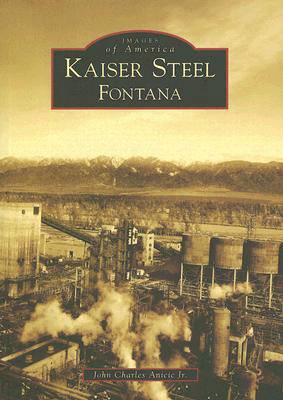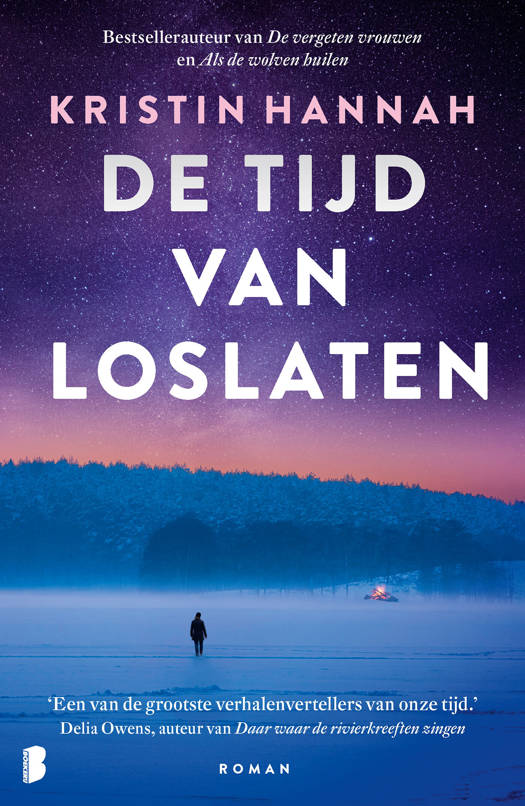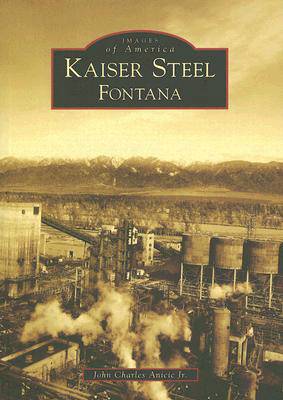
- Afhalen na 1 uur in een winkel met voorraad
- Gratis thuislevering in België vanaf € 30
- Ruim aanbod met 7 miljoen producten
- Afhalen na 1 uur in een winkel met voorraad
- Gratis thuislevering in België vanaf € 30
- Ruim aanbod met 7 miljoen producten
Zoeken
€ 34,95
+ 69 punten
Omschrijving
In the first half of the 20th century, Fontana Farms Company operated a hog ranch on the site where Kaiser Company Incorporated later erected one of the nation's largest steel mills. After the Japanese attack on Pearl Harbor in 1941, the United States was forced into an unprecedented escalation in the production of ships, planes, and armaments. Soon the sensational announcement came to San Bernardino County that Fontana, a railroad convergence located a safe distance from possible coastal bombardment, would become home to thousands of sweathogs in the war effort. A "gold rush" of sorts ensued, and all property south of Valencia Street to the railroad was sold in a week. This book pays tribute to the fact that, for two generations, Kaiser Steel Corporation at Fontana was among California's and the nation's industrial giants.
Specificaties
Betrokkenen
- Auteur(s):
- Uitgeverij:
Inhoud
- Aantal bladzijden:
- 128
- Taal:
- Engels
- Reeks:
Eigenschappen
- Productcode (EAN):
- 9780738546506
- Verschijningsdatum:
- 21/08/2006
- Uitvoering:
- Paperback
- Formaat:
- Trade paperback (VS)
- Afmetingen:
- 167 mm x 235 mm
- Gewicht:
- 326 g

Alleen bij Standaard Boekhandel
+ 69 punten op je klantenkaart van Standaard Boekhandel
Beoordelingen
We publiceren alleen reviews die voldoen aan de voorwaarden voor reviews. Bekijk onze voorwaarden voor reviews.












